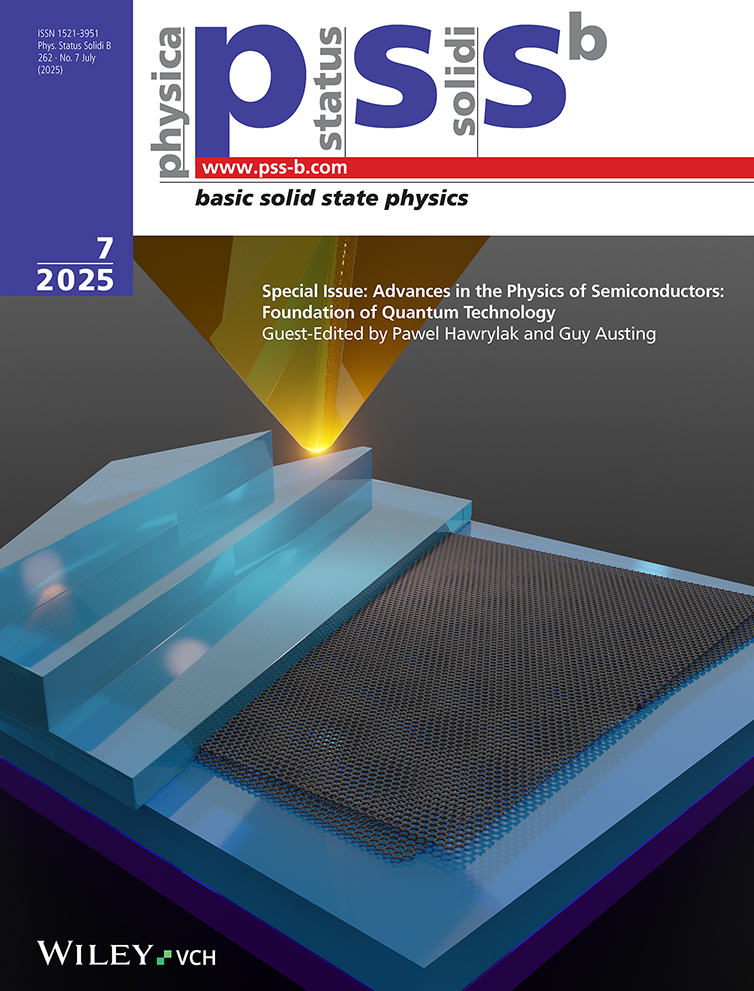Hydrogen–Hydrogen Interaction in Cubic Metals
Abstract
The energies of strain-induced (elastic) interaction of pairs of hydrogen (deuterium) atoms are calculated for Cr, α-Fe, Mo, V, W, Al, Ag, Au, Cu, and Ni taking into account the discrete atomic structure of the host lattice. The elastic constants, Born-von Karman constants of the host lattice, and coefficients of the concentration expansion of the solid solution lattice due to hydrogen atoms are the numerical parameters used. The elastic interaction in f.c.c. metals is much weaker than in b.c.c. metals. In the case of b.c.c. metals there is attraction in the first six coordination shells rapidly decreasing with the distance. It is known that this attraction is partially compensated by a screened Coulomb repulsion between charged interstitials in the nearest coordination shells. The distance of the repulsion was obtained by Monte Carlo computer simulation of tracer diffusion. It was suggested that the interatomic interaction affects diffusion by changing the arrangement and the energy of H(D) atoms in the solid solution and therefore the activation energy of the diffusion. Computer simulation was carried out with calculated values of energies of elastic interaction and with different radii of additional repulsive interaction. It was shown that the repulsive interaction extends out to the third or fourth shell in b.c.c. metals and is absent in f.c.c. metals. The behaviour of hydrogen atoms in a solid solution is determined both by a repulsion distance and by energies of elastic interaction outside the radius of repulsion.




